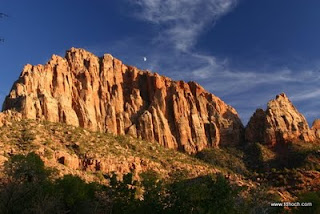Posts
Showing posts from October, 2009
Posted by
Thom Hoch
An Easy Day at Zion
- Get link
- Other Apps

Posted by
Thom Hoch
Bighorn Sheep
- Get link
- Other Apps
Posted by
Thom Hoch
Cooling It In Zion
- Get link
- Other Apps
Posted by
Thom Hoch
Zion Shuffle
- Get link
- Other Apps

Posted by
Thom Hoch
Camped In Zion National Park
- Get link
- Other Apps

Posted by
Thom Hoch
Great Basin National Park
- Get link
- Other Apps

Posted by
Thom Hoch
Rubber-Necking Our Way Across Nevada
- Get link
- Other Apps
Posted by
Thom Hoch
Bus-House Makes it to Baker
- Get link
- Other Apps
Posted by
Thom Hoch
Being Chased by Weather
- Get link
- Other Apps
Posted by
Thom Hoch
First Time in Nevada
- Get link
- Other Apps
Posted by
Thom Hoch
A Hot (Springs) Stop
- Get link
- Other Apps
Posted by
Thom Hoch
Continuing South
- Get link
- Other Apps

Posted by
Thom Hoch
More about the Fossil Beds
- Get link
- Other Apps
Posted by
Thom Hoch
Taking a Break
- Get link
- Other Apps
Posted by
Thom Hoch
The John Day Fossil Beds
- Get link
- Other Apps

Posted by
Thom Hoch
Golden Flower of Prosperity
- Get link
- Other Apps

Posted by
Thom Hoch
A Day to John Day
- Get link
- Other Apps

Posted by
Thom Hoch
Cooling It on the Columbia
- Get link
- Other Apps
Posted by
Thom Hoch
Easy Day to Arlington
- Get link
- Other Apps
Posted by
Thom Hoch
Website/Journal Change
- Get link
- Other Apps
Posted by
Thom Hoch
Spewers of Hot Air
- Get link
- Other Apps
Posted by
Thom Hoch
Mission Accomplished
- Get link
- Other Apps